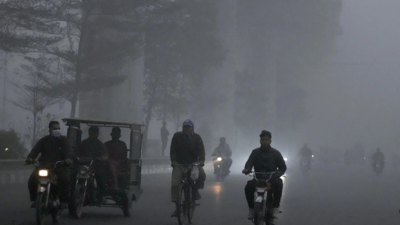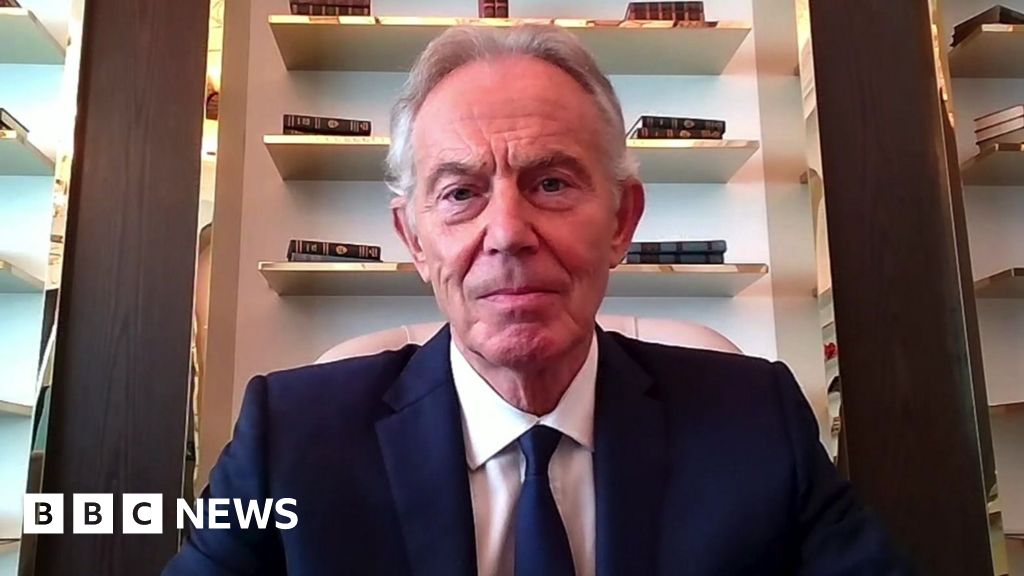
Over 1.91 million people with
respiratory illnesses
have been admitted to government hospitals in Pakistan over the past month, highlighting the devastating impact of toxic air pollution in the country. The crisis has particularly affected Pakistan's Punjab province, where smog and hazardous air quality levels have created a public health emergency.
Hospitals across Punjab have been overwhelmed, with Lahore recording the highest number of cases.
Toxic smog
forced over 75,000 people to seek medical help on a single day, further straining the healthcare system. Over the past month, Lahore alone reported 133,429 respiratory disease cases, including 5,577 asthma patients. Additionally, 5,455 of the 13,862 heart disease cases and 491 of the 5,141 stroke cases in the province were treated in Lahore. The crisis escalated in the past week, with 449,045 respiratory cases reported, along with 30,146 asthma cases, 2,225 heart disease patients, and 1,400 stroke victims.
The government has taken several emergency measures, including closing schools, colleges, and parks, limiting market hours, and imposing bans on polluting vehicles and industrial activities. Despite these steps, air quality in cities like Lahore and Multan continues to deteriorate. Lahore’s Air Quality Index (AQI) consistently exceeds hazardous levels, often surpassing 1,000, while Multan recently recorded an alarming AQI of over 2,000.
Residents are struggling to cope with the smog’s health impacts. For many, staying indoors offers little relief, and air purifiers remain unaffordable luxuries. Public and private schools have been ordered to close until November 24, with authorities also enforcing a three-day lockdown in Lahore and Multan to mitigate pollution. However, these measures have brought limited respite.
Healthcare workers are stretched to their limits. Doctors report a significant increase in patients, particularly children and the elderly, suffering from breathing difficulties, coughing fits, and eye irritation. “This year, smog levels are much worse, and the number of affected patients is far greater,” said Dr Qurat ul Ain, a medical practitioner in Lahore. She advises residents to wear masks and avoid outdoor exposure.
The smog’s primary causes include industrial emissions, vehicle exhaust, and seasonal agricultural stubble burning, exacerbated by stagnant weather conditions. Climate activist Alia Haider described the city as “stuck in its own poison” and criticised the lack of effective long-term solutions. As smog continues to blanket Pakistan’s major cities, millions remain at risk, awaiting meaningful action to address the worsening environmental crisis.

 3 days ago
8
3 days ago
8









